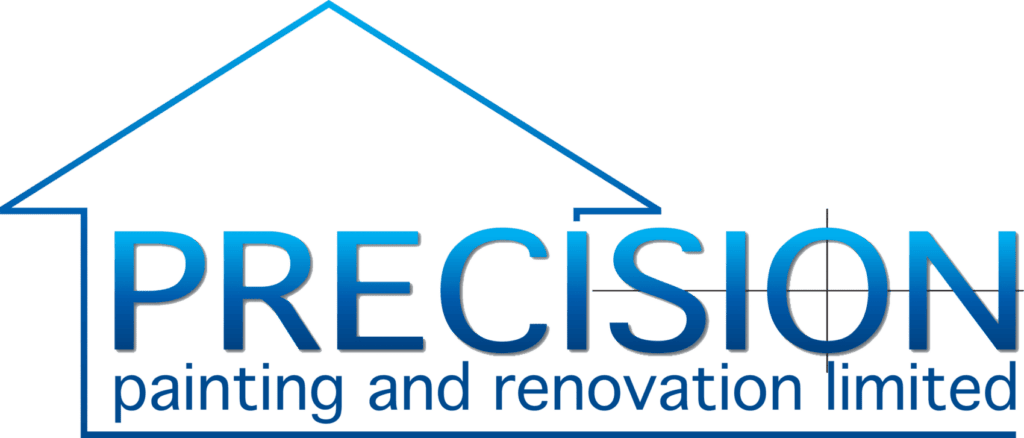Exterior painting is more than just applying a fresh coat of paint—it requires careful preparation to ensure durability, protection, and a flawless finish. A critical step in this process is using primer. Many homeowners and even some contractors overlook primer, assuming that high-quality paint alone will suffice. However, skipping primer can lead to premature paint failure, uneven color, and poor adhesion.
Home painting contractors emphasize the importance of primer because it serves as the foundation for a successful paint job. It seals porous surfaces, enhances paint adhesion, blocks stains, and prevents peeling or blistering. Whether painting wood, stucco, brick, or metal, primer ensures that the surface is well-prepared to receive the topcoat, extending the longevity of the paint job.
Without primer, exterior paint is more vulnerable to weather fluctuations, moisture damage, and UV exposure. A well-primed surface reduces long-term maintenance, saving homeowners money and effort. It also provides a uniform base that enhances the true color of the paint, preventing blotchiness or uneven shades.
Beyond functionality, primer plays a crucial role in aesthetic appeal. Exterior surfaces are constantly exposed to dirt, dust, and pollutants. A high-quality primer acts as a barrier, reducing the chances of stains or discoloration affecting the final paint layer. Investing time in priming leads to a professional-grade finish that lasts for years.
Types of Primers and Their Specific Uses
Not all primers are the same. Different primers are designed for various surfaces and environmental conditions, making it essential to choose the right one for the job.
1. Oil-Based Primers
-
Ideal for exterior wood surfaces, especially bare or previously painted wood.
-
Provides excellent adhesion and stain-blocking properties.
-
Helps prevent tannin bleed in wood species like cedar and redwood.
2. Latex-Based Primers
-
Best for masonry, stucco, and drywall surfaces.
-
Flexible and fast-drying, making them suitable for climates with temperature fluctuations.
-
Low in VOCs, making them an environmentally friendly option.
3. Shellac-Based Primers
-
Superior stain-blocking abilities, perfect for surfaces with water or smoke damage.
-
Can be used on wood, metal, and even some plastics.
-
Provides a strong seal that prevents knots from bleeding through paint.
4. Bonding Primers
-
Designed for challenging surfaces like glossy paints, aluminum, or vinyl.
-
Ensures that topcoats adhere firmly without peeling or chipping.
Each type of primer serves a specific purpose, and selecting the right one depends on factors such as surface material, climate, and exposure to elements. For example, a coastal home facing high humidity and salt exposure would require a primer with excellent moisture resistance, while a desert home exposed to intense sun might need a primer with UV protection.
Benefits of Using Primer for Exterior Painting
The advantages of using primer go beyond just enhancing paint adhesion. It provides a host of benefits that significantly improve the overall durability and appearance of an exterior paint job.
1. Improved Adhesion
Primer creates a stable surface for the topcoat, ensuring that the paint bonds effectively and lasts longer. Without primer, paint may peel or crack prematurely.
2. Seals Porous Surfaces
Brick, stucco, and unfinished wood absorb paint unevenly, leading to inconsistent coverage. Primer seals these surfaces, preventing excessive absorption and ensuring smooth application.
3. Stain Blocking
Exterior surfaces often have stains from water, rust, or previous coatings. Primer acts as a barrier, preventing these stains from bleeding through and affecting the final paint color.
4. Enhanced Durability
Harsh weather conditions, UV rays, and moisture can degrade exterior paint. Primer strengthens the paint’s resistance, reducing fading, cracking, and peeling over time.
5. Cost-Effectiveness
Using primer reduces the number of topcoat layers needed for full coverage. This saves on paint costs and minimizes the need for frequent repainting.
6. Mold and Mildew Resistance
Specialized primers contain antimicrobial properties that prevent mold and mildew growth, especially in humid climates. This helps maintain the integrity of the paint job.
Applying primer before painting may seem like an extra step, but its long-term benefits make it a crucial part of any exterior painting project.
Why Choose Precision Painting?
When it comes to achieving a flawless and long-lasting exterior paint job, Precision Painting stands out as the top choice. The quality of a painting project depends not just on paint selection but on the expertise behind the application. Precision Painting ensures that every step, from surface preparation to the final coat, is executed with precision and professionalism.
1. Thorough Surface Preparation
Precision Painting prioritizes proper preparation by addressing surface imperfections before applying primer. Every exterior surface is carefully cleaned, sanded, and repaired to create a smooth foundation.
2. Expert Primer Selection
The right primer is chosen based on the surface type, environmental conditions, and paint choice. This guarantees superior adhesion and durability.
3. High-Quality Materials
Using only top-tier primers and paints, Precision Painting ensures that each project delivers lasting results. The materials used are designed to withstand extreme weather and environmental exposure.
4. Professional Techniques
A professional application technique makes all the difference. Precision Painting applies primer and paint with expert precision, ensuring even coverage, smooth finishes, and maximum longevity.
5. Commitment to Customer Satisfaction
Every project is tailored to meet the specific needs and preferences of homeowners. Precision Painting values transparency, clear communication, and top-notch craftsmanship.
6. Long-Term Value
A well-executed paint job extends the lifespan of a home’s exterior, reducing maintenance costs. Precision Painting focuses on delivering quality that lasts, making it a smart investment for homeowners.
By choosing Precision Painting, homeowners can trust that their exterior paint job will not only look stunning but also provide long-term protection. From selecting the right primer to executing each coat with precision, every detail is handled with care.
Final Thoughts
Primer is an essential step in exterior painting that should never be overlooked. It ensures better adhesion, durability, stain resistance, and an overall superior finish. Investing in proper priming techniques results in a long-lasting and visually appealing exterior paint job. With professional expertise and high-quality materials, Precision Painting guarantees exceptional results that stand the test of time.

